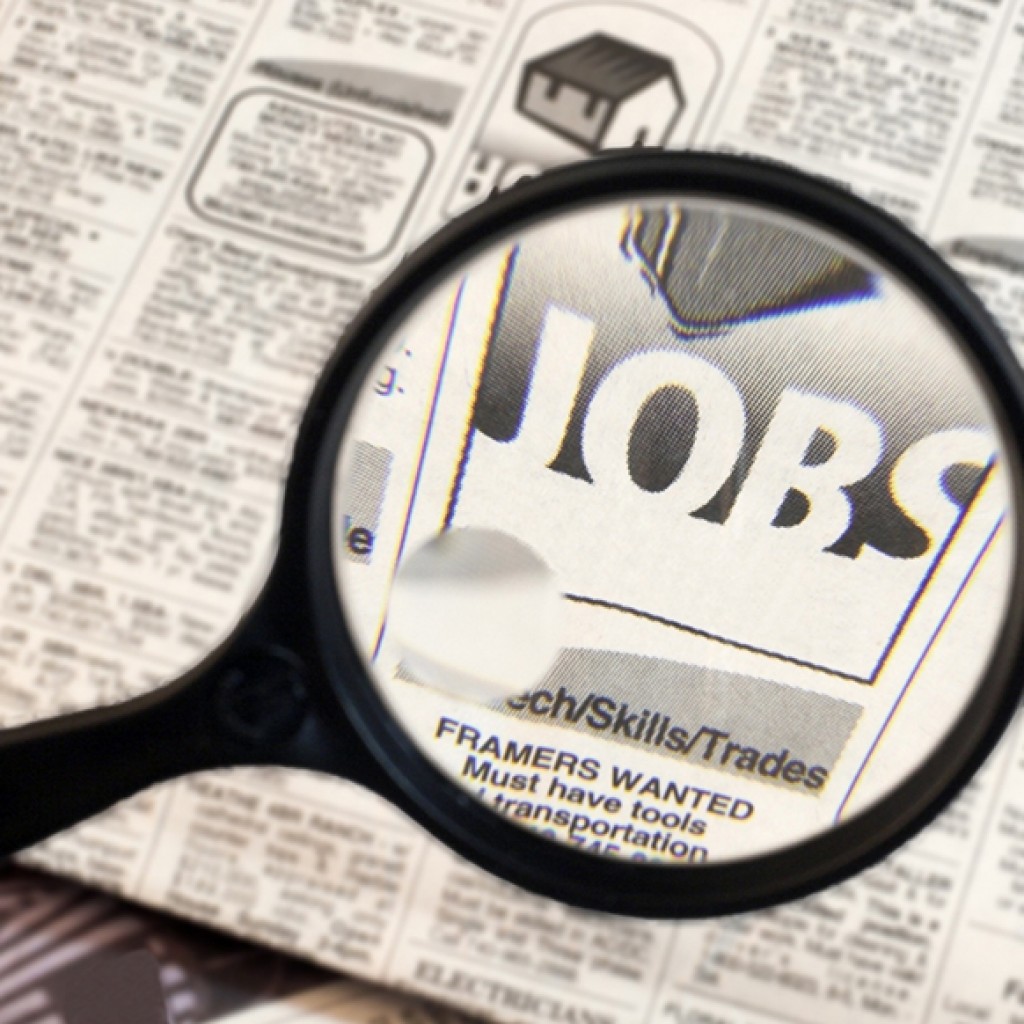
The number of Americans seeking unemployment benefits fell slightly last week to 751,000, a still-historically high level that shows that many employers keep cutting jobs in the face of the accelerating pandemic.
A surge in viral cases and Congress’ failure so far to provide more aid for struggling individuals and businesses are threatening to deepen Americans’ economic pain. Eight months after the pandemic flattened the economy, weekly jobless claims still point to a stream of layoffs. Before the virus struck in March, the weekly figure had remained below 300,000 for more than five straight years.
Thursday’s report from the Labor Department said the number of people who are continuing to receive traditional unemployment benefits declined to 7.3 million. That figure shows that some of the unemployed are being recalled to their old jobs or are finding new ones. But it also indicates that many jobless Americans have used up their state unemployment aid — which typically expires after six months — and have transitioned to a federal extended benefits program that lasts an additional 13 weeks.
The job market has been under pressure since the virus paralyzed the economy and has regained barely half the 22 million jobs that were lost to the pandemic in early spring. The pace of rehiring has steadily weakened — from 4.8 million added jobs in June to 661,000 in September. On Friday, when the government issues the October jobs report, economists foresee a further slowdown — to 580,000 added jobs — according to a survey by the data firm FactSet.
Last week, nearly 363,000 people applied for jobless aid under a new program that extended eligibility for the first time to self-employed and gig workers, up slightly from 359,000 the previous week. That figure isn’t adjusted for seasonal trends, so it’s reported separately.
All told, the Labor Department said 21.5 million people are receiving some form of unemployment benefits, though the figure may be inflated by double-counting by states.
In the meantime, new confirmed viral cases in the United States reached an all-time high of more than 86,000 a day, on average, in a sign of the worsening crisis that lies ahead for the winner of this week’s presidential election. By contrast, just two months ago, according to Johns Hopkins University, the seven-day rolling average for confirmed daily new cases was 34,000.


